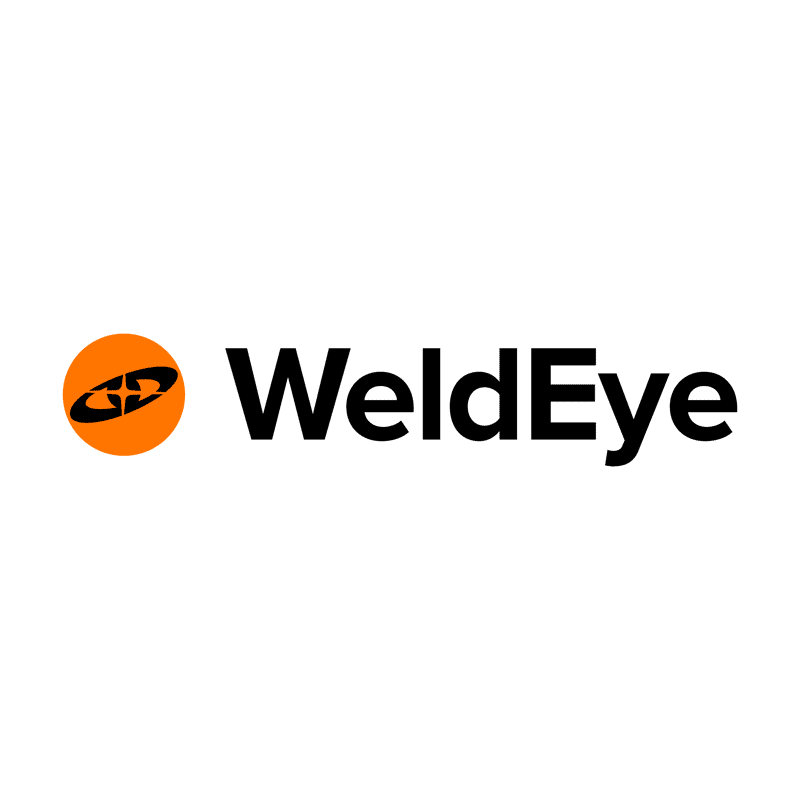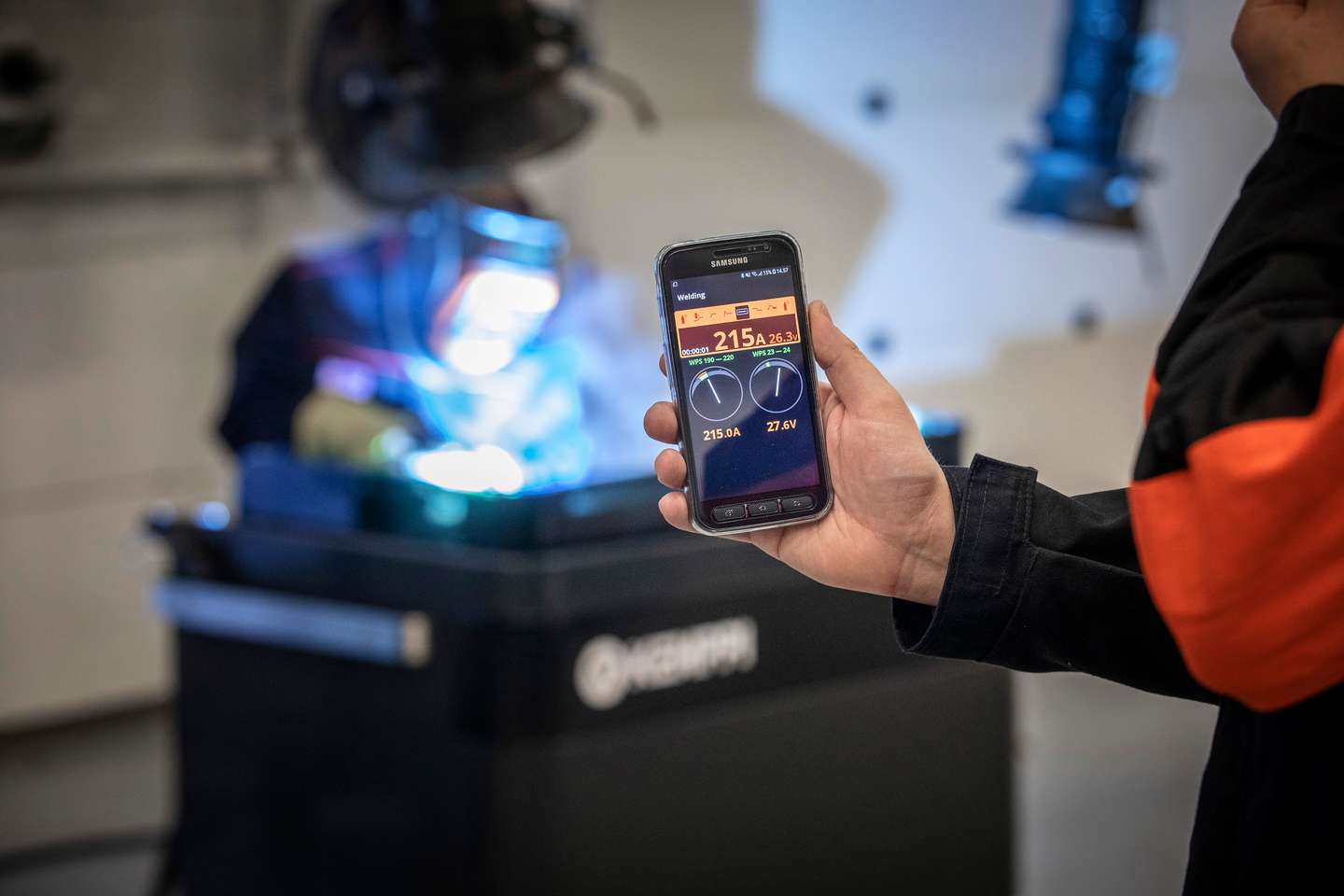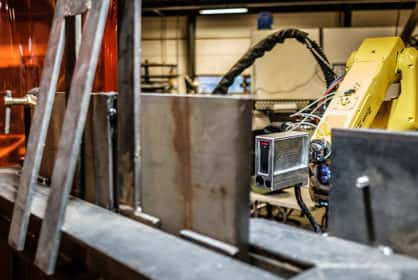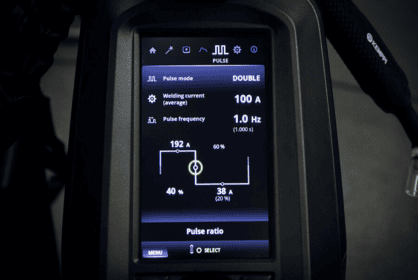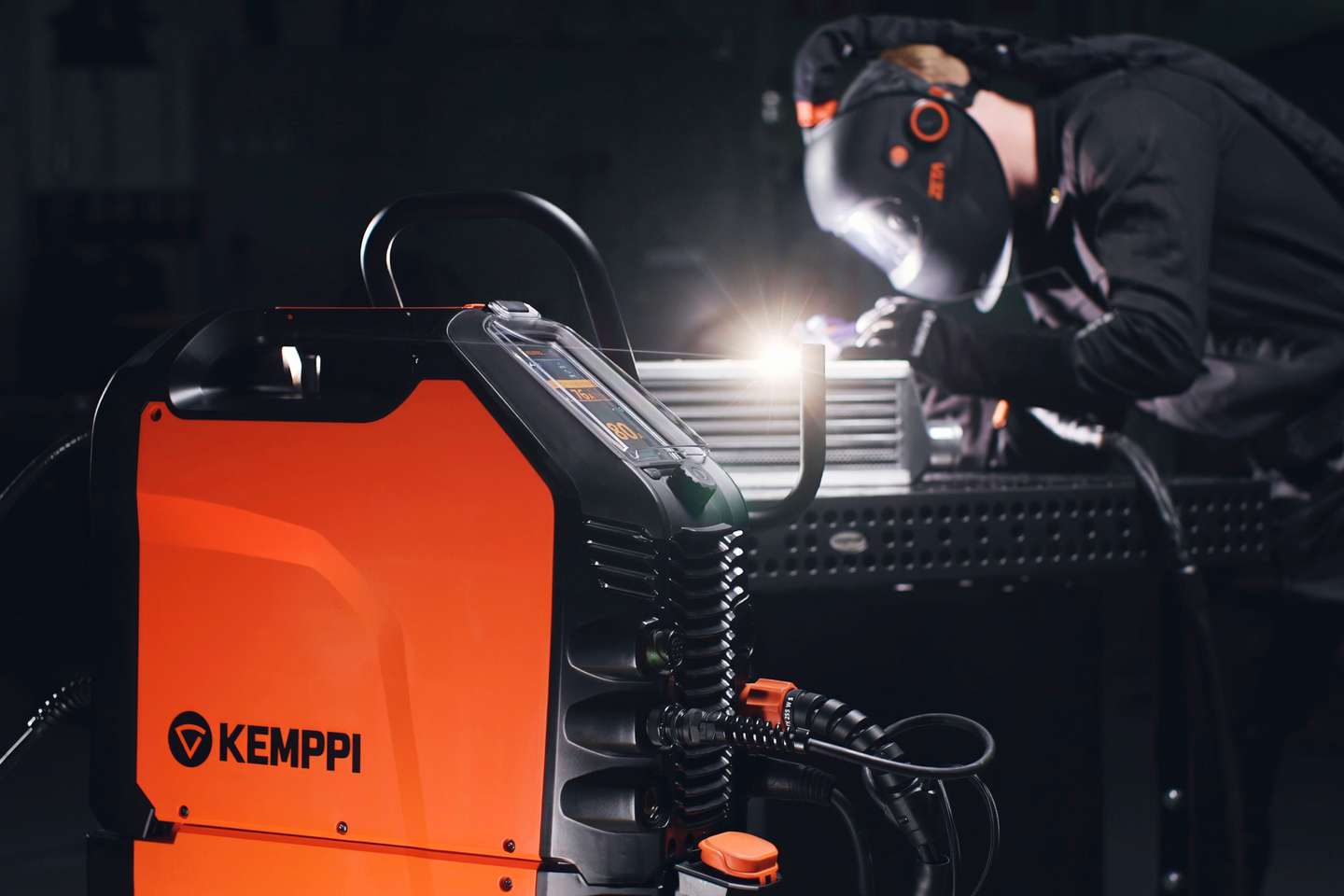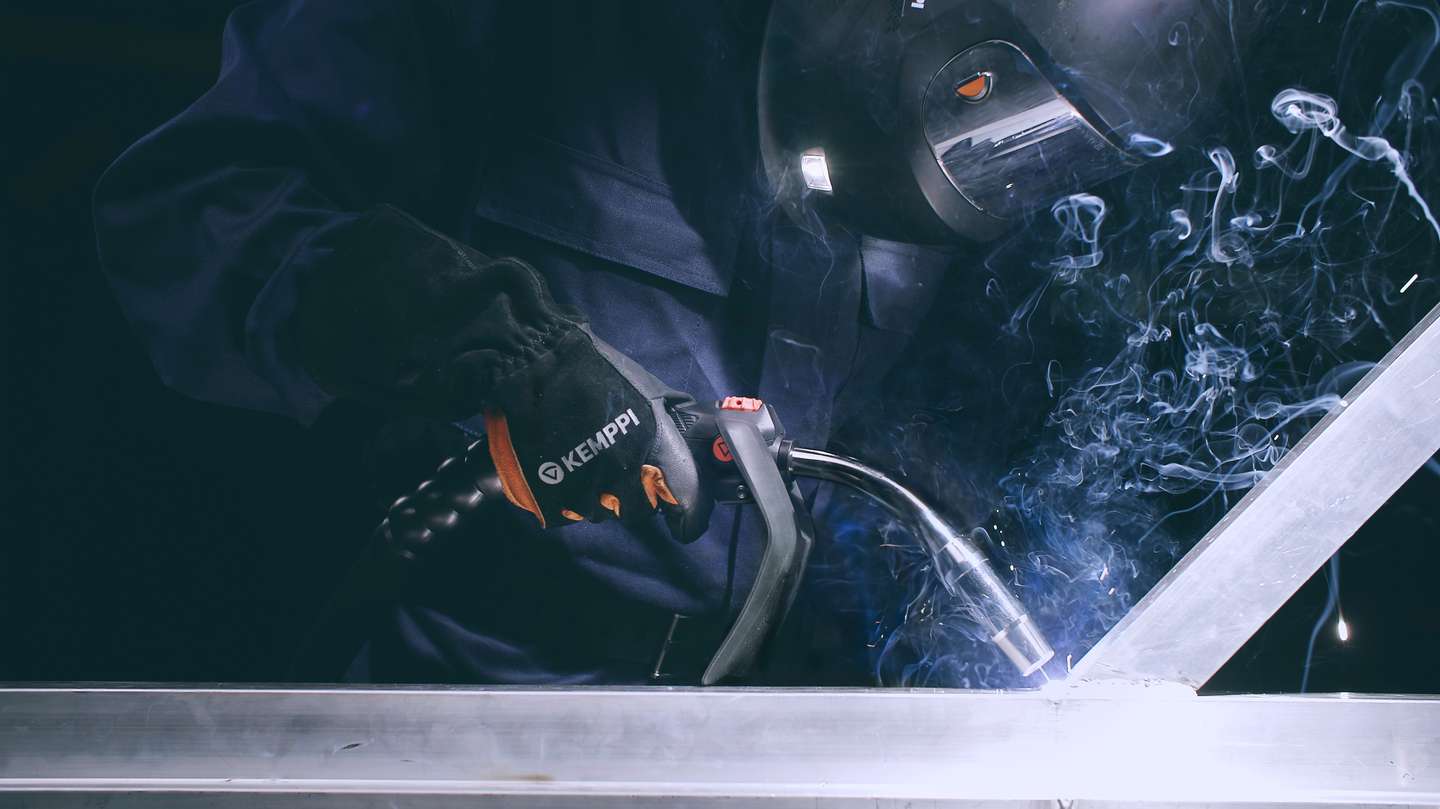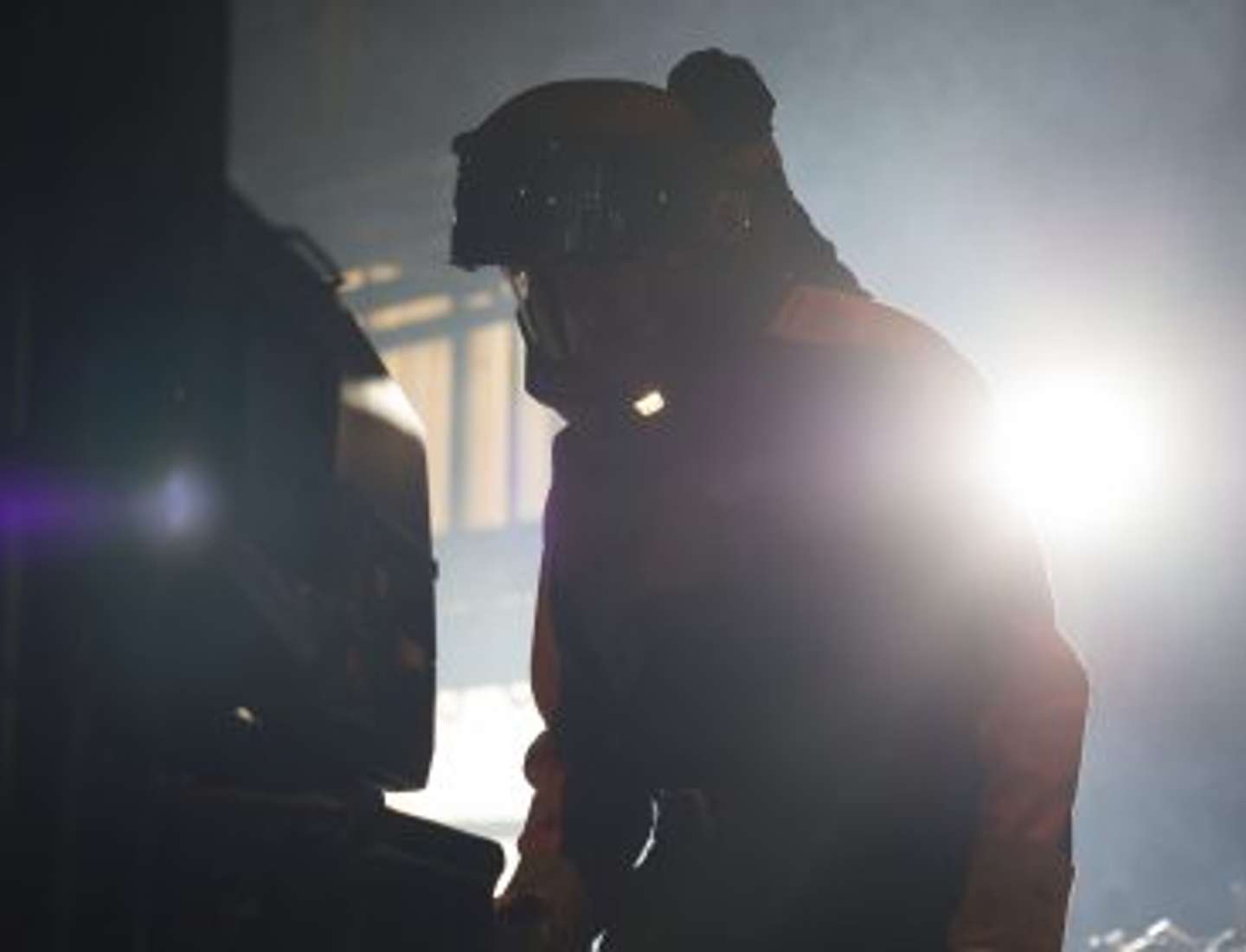
Digitalisation
Internet of Welding – reaching for the top of competitiveness
11 mai 2017
Internet of Things has been a buzz word among industry representatives for a few years now. It is discussed in various seminars and workshops every week. However, the topics covered have changed over time. In the beginning, the focus was on connecting devices to data networks. The next phase was adding sensors for various events and phenomena.
Kemppi marketing
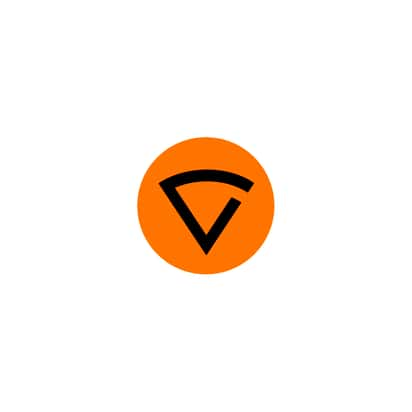
Kemppi marketing
Kemppi marketing
Kemppi marketing aims to evoke discussion on the transformation of modern welding and bring you the latest stories from within the global welding industry, told by true experts in their respective fields.
